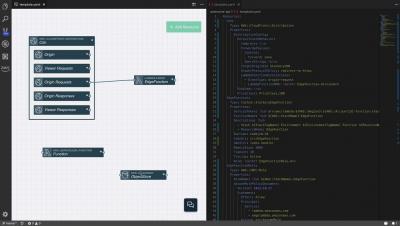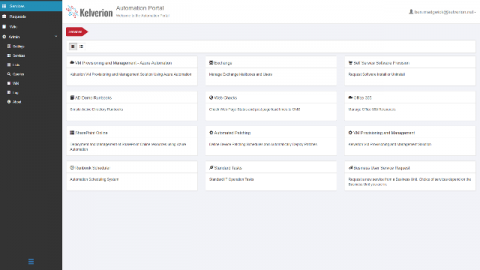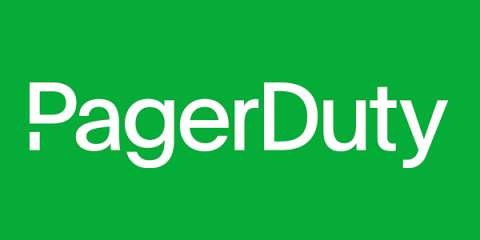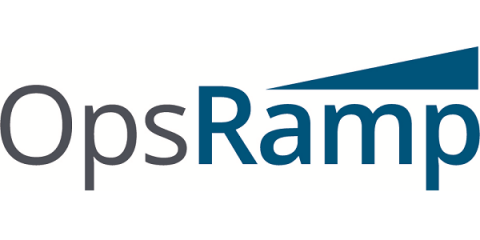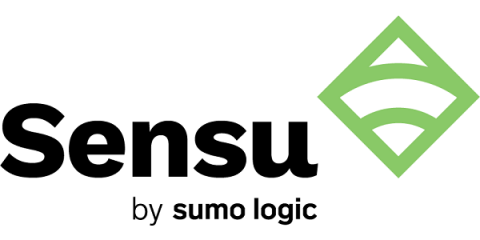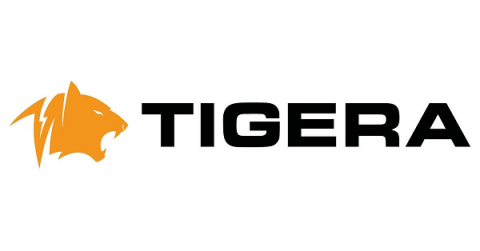Operations | Monitoring | ITSM | DevOps | Cloud
%term
An Introduction to Containers
Containers, along with containerization technology like Docker and Kubernetes, have become increasingly common components in many developers’ toolkits. The goal of containerization, at its core, is to offer a better way to create, package, and deploy software across different environments in a predictable and easy-to-manage way.
New Automation Portal Released!
We’re very happy to announce that our self-service automation portal for use with Microsoft Azure and Microsoft System Center Orchestrator has now been updated to Version 3! This release brings with it a number of upgrades and general improvements, plus the ability to create your own colour themes, so that you can truly make the portal your own and seamlessly integrate it into your organisation.
State & Local Technology Trends and Challenges
In the digital era, state and local government and education (SLED) agencies are increasingly leveraging new technological advances such as mobility, the cloud, and big data to better serve constituents while achieving cost efficiencies.
OpsQ Observed Mode: Building a Culture of Trust for Modern Operational Intelligence
By 2021, IDC’s Worldwide CIO Agenda 2019 Predictions expects that 70% of CIOs will invest in machine learning and data science techniques for greater agility and innovation in IT operations management. In an AI-enabled future, enterprises will increasingly rely on advanced analytics to address a variety of IT operations use cases, including problem recognition, impact analysis, anomaly detection, root cause analysis, and incident resolution.
Clearing the Air: What Is Cloud Native?
If you have had any exposure to cloud computing or app development in recent years, you likely have heard the term “cloud native” thrown around. But you might be wondering what exactly that term means, and how it differs from concepts such as “cloud ready” or “cloud enabled.” As a cloud-native service provider, Sumo Logic understands the architecture underpinning this development model. Let’s take a closer look at the cloud-native concept and what it means.
Securing your Docker containers
One of the many challenges when building an application is ensuring that it's secure. Whether you're storing hashed passwords, sanitizing user inputs, or even just constantly updating package dependencies to the latest and greatest, the effort to attain a secure application is never-ending. And even though containerization has made it easier to ship better software faster, there are still plenty of considerations to take when securing your infrastructure as well.
Docker and Kubernetes in high security environments
Container orchestration and cloud-native computing has gained lots of traction the recent years. The adoption has increased to such level that even enterprises in finance, banking and the public sector are interested. Compared to other businesses they differ by having extensive requirements on information security and IT security. One important aspect is how containers could be used in production environments while maintaining system separation between applications.
How I decimated Postgres response times for my SaaS
Last week I rolled out a simple patch that decimated the response time of a Postgres query crucial to Checkly. It quite literally went from an average of ~100ms with peaks to 1 second to a steady 1ms to 10ms. However, that patch was just the last step of a longer journey. This post details those steps and all the stuff I learned along the way. We'll look at how I analyzed performance issues, tested fixes and how simple Postgres optimizations can have spectacular results.
Glitch List: May 2019
Many data-driven companies struggle with tracking anomalous behavior in their KPIs, let alone their more granular metrics, because traditional BI tools just can’t keep pace with big data. Manual processes, whether monitoring dashboards or setting static thresholds, often leads to missed incidents or prolongs time to resolution.


